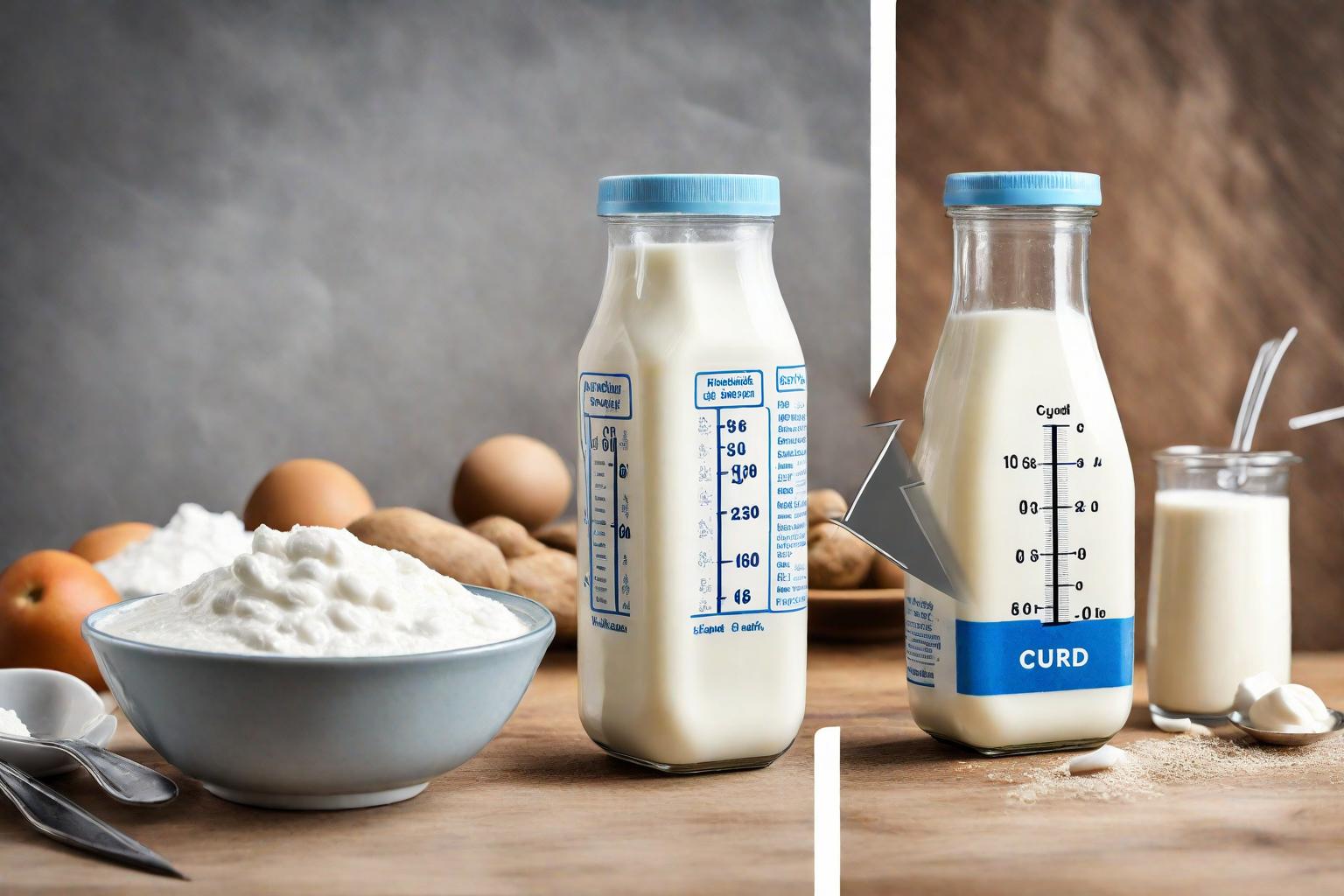Fresh milk has a ph of 6 when it changes to curd
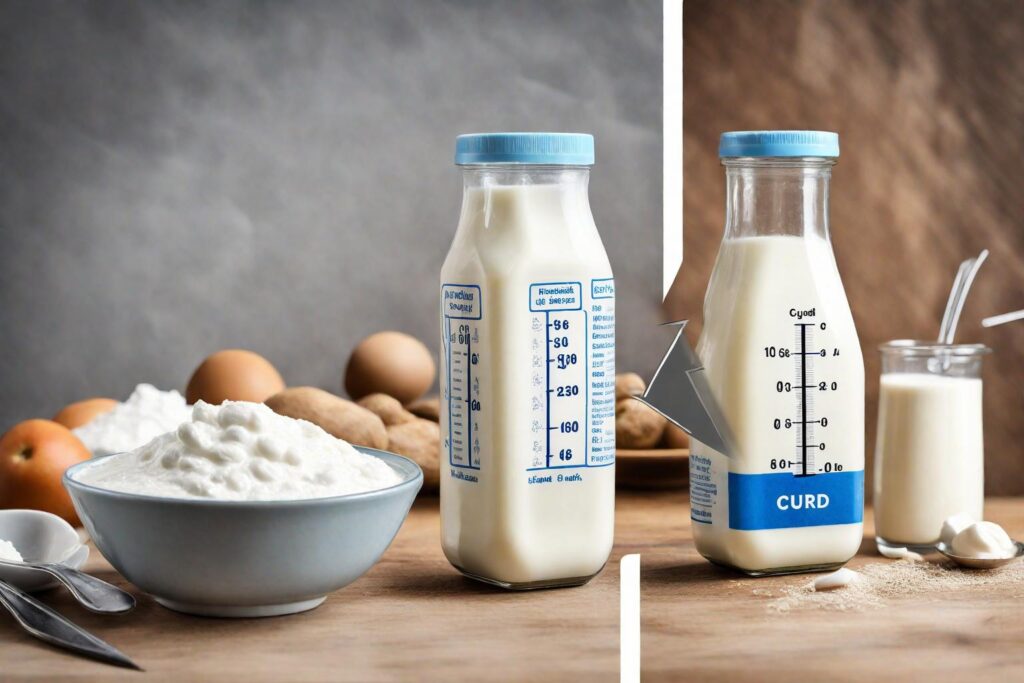
Milk, a staple in many diets worldwide, undergoes fascinating changes in its journey from farm to table. One notable transformation is the alteration of its pH level, particularly when fresh milk changes into curd. Typically, fresh milk has a pH of around 6, but this changes significantly during the curdling process. This article aims to explore this intriguing shift in pH and its implications for both consumers and producers.
check this out also Dry Mouth More Than Just Thirst: what happens if salivary ducts are closed?(2024)
also read this Khadi Organic Prasad: A Pure and Conscious Offering(2024)
Table of Contents
The Basics of pH in Milk
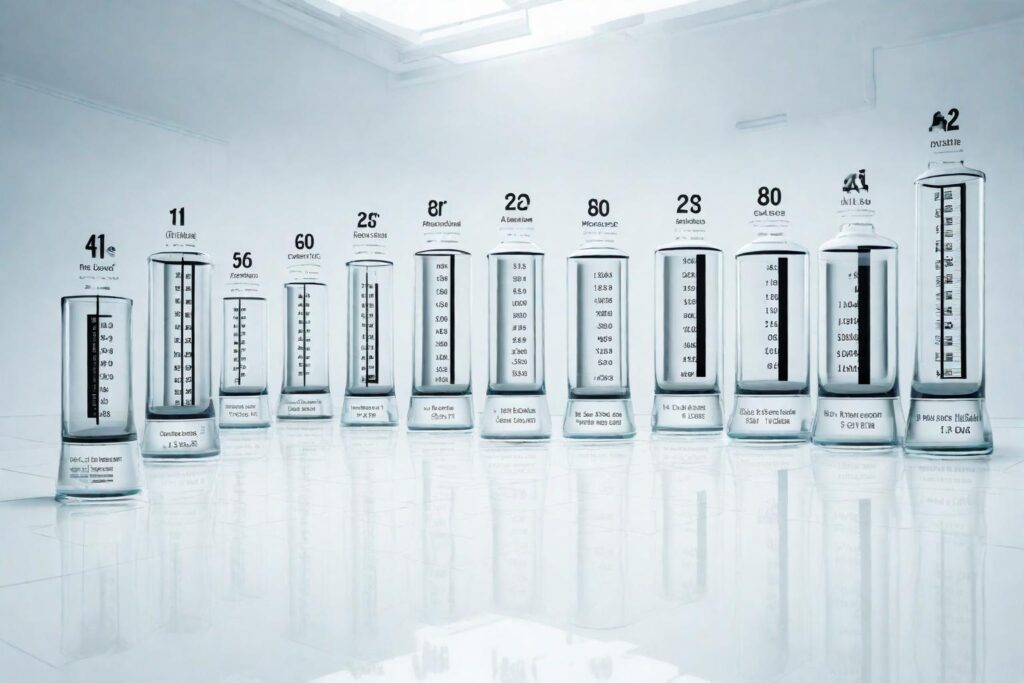
Before delving into the specifics of how milk’s pH changes as it turns into curd, it’s important to understand what pH means. pH is a scale used to specify how acidic or basic (alkaline) a water-based solution is. The scale ranges from 0 to 14, with 7 being neutral. Fresh milk, with a pH of approximately 6, is slightly acidic.
Fresh Milk and Its Natural pH
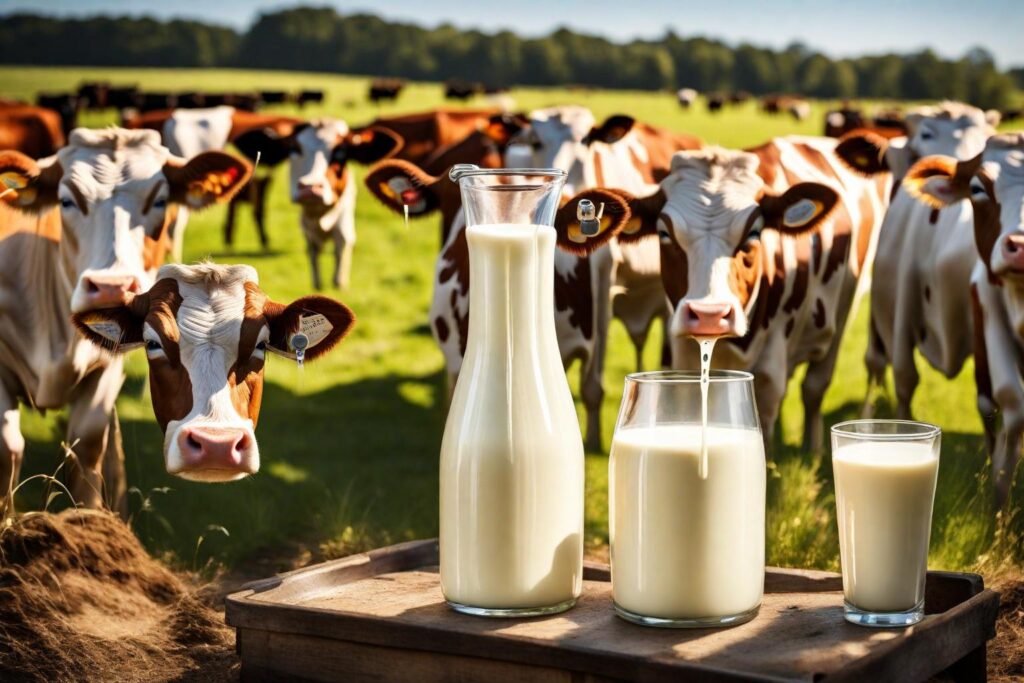
Fresh milk directly from the cow usually has a pH ranging from 6.5 to 6.7, making it slightly acidic. This acidity is primarily due to the presence of lactic acid in milk. The pH level of milk is crucial for several reasons – it affects the milk’s taste, texture, and also its shelf life.
The Transformation to Curd
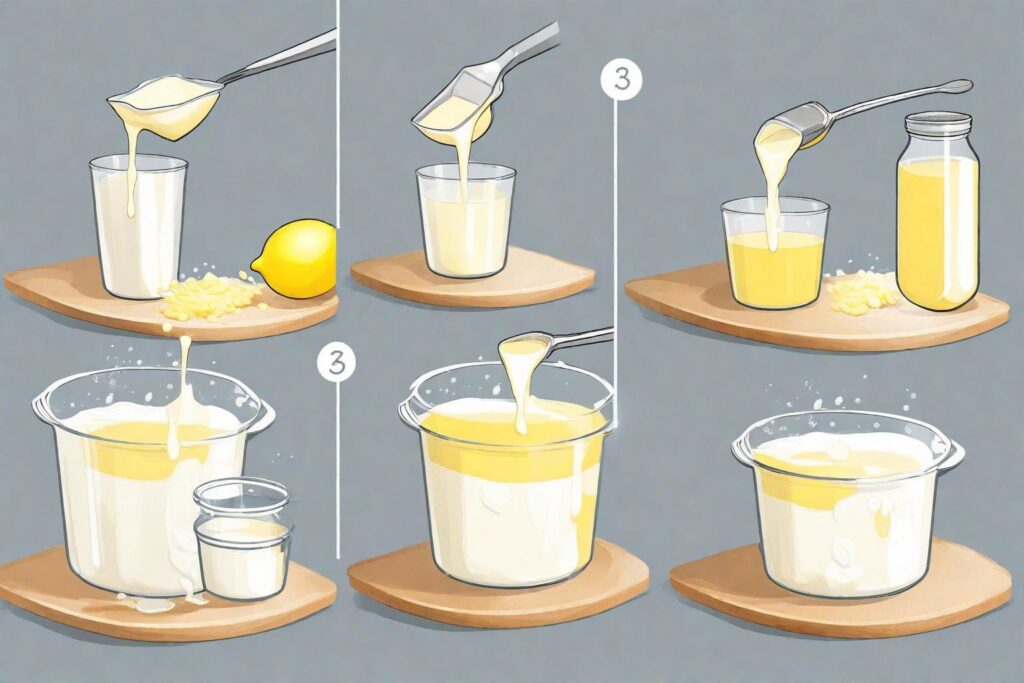
The journey from milk to curd involves a fascinating chemical transformation. When milk turns into curd, its pH drops from around 6 to as low as 4.6. This process begins with the addition of a curdling agent, such as lemon juice or vinegar, or the introduction of specific bacteria. These agents cause the milk proteins, mainly casein, to coagulate, forming a thick, textured substance known as curd.
The Role of Bacteria in Curdling
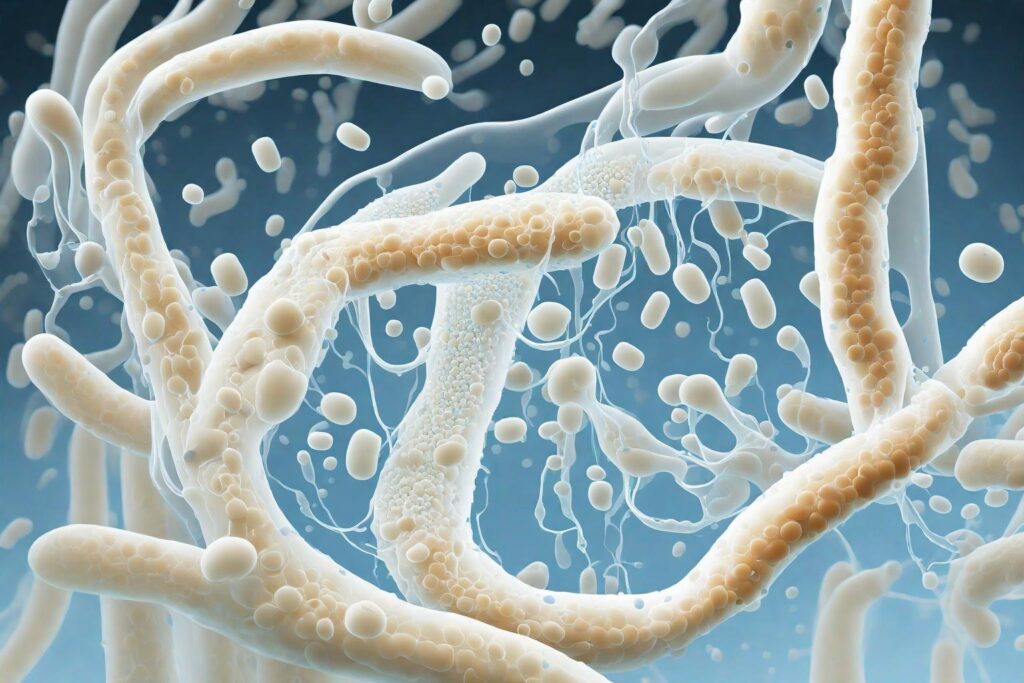
In many cases, the curdling of milk is initiated by the introduction of beneficial bacteria. These bacteria ferment the lactose (milk sugar) present in milk, producing lactic acid. The increase in lactic acid lowers the pH, causing the milk to curdle and form curd. This bacterial fermentation is the basis of yogurt and cheese production as well.
Health Benefits of Curd
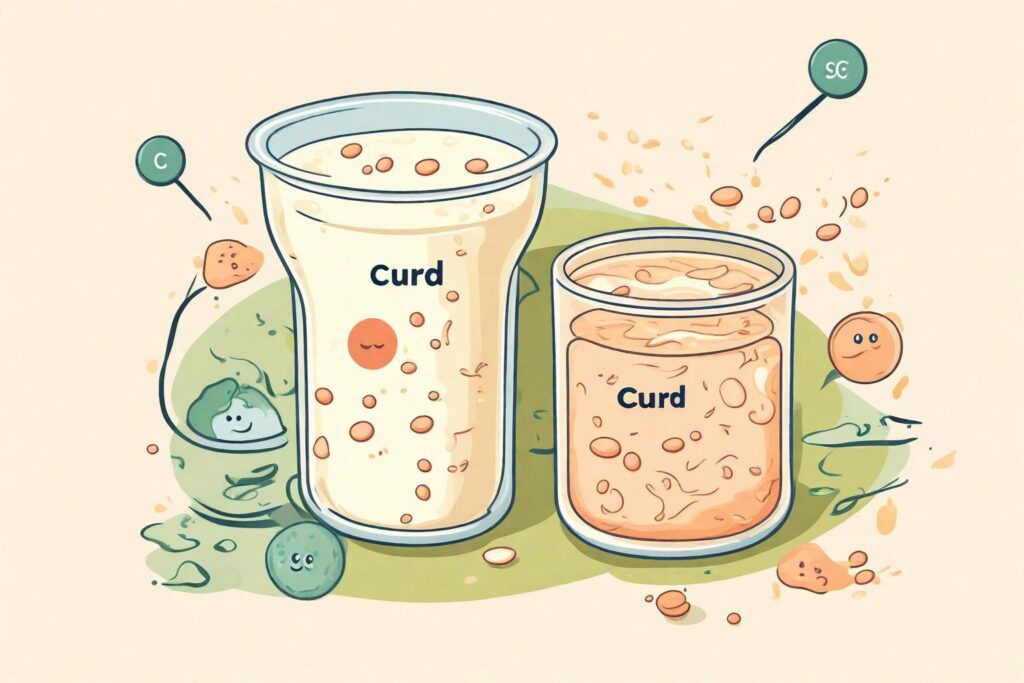
Curd, with its lower pH, offers various health benefits. It is easier to digest than fresh milk and is often recommended for individuals with lactose intolerance. The probiotics present in curd are beneficial for gut health, enhancing digestion and boosting the immune system.
Conclusion
The pH transformation of milk from a slightly acidic nature (pH 6) to the more acidic curd is a remarkable process that not only alters its physical properties but also enhances its nutritional value. Understanding this transformation is crucial for dairy producers, as well as consumers who seek to make informed dietary choices. So, the next time you enjoy a spoonful of curd, remember the fascinating scientific journey it has undergone, from the farm to your fork.

